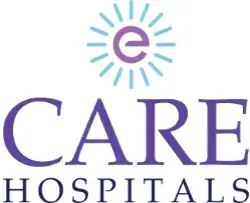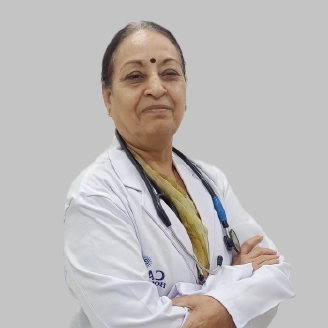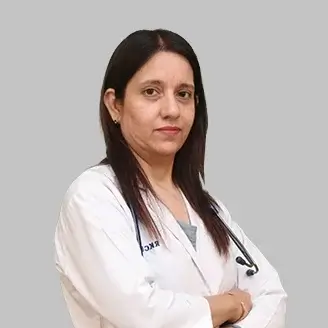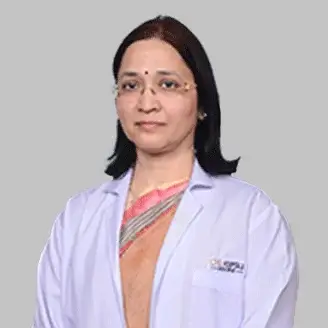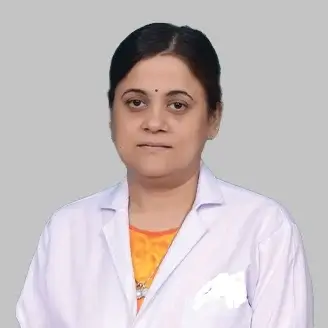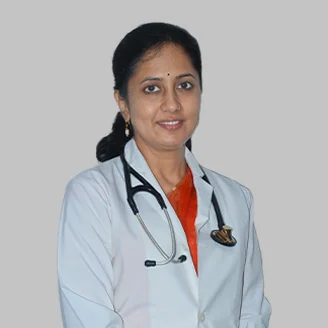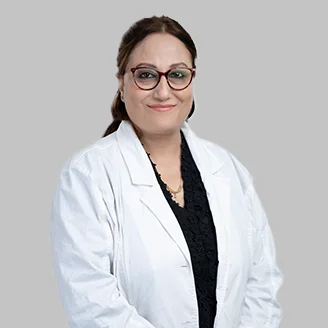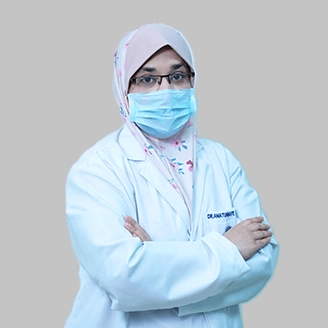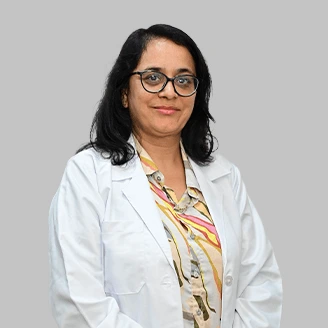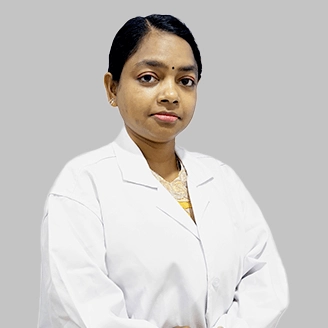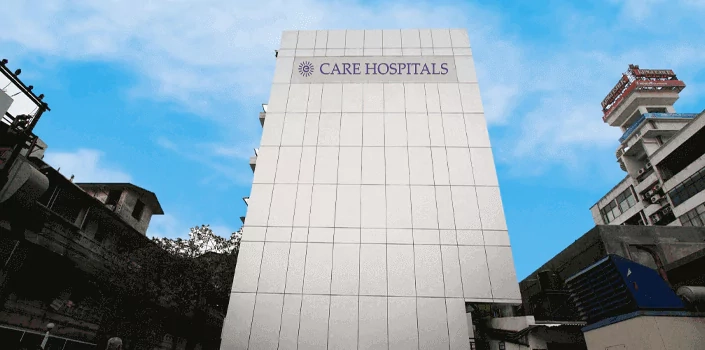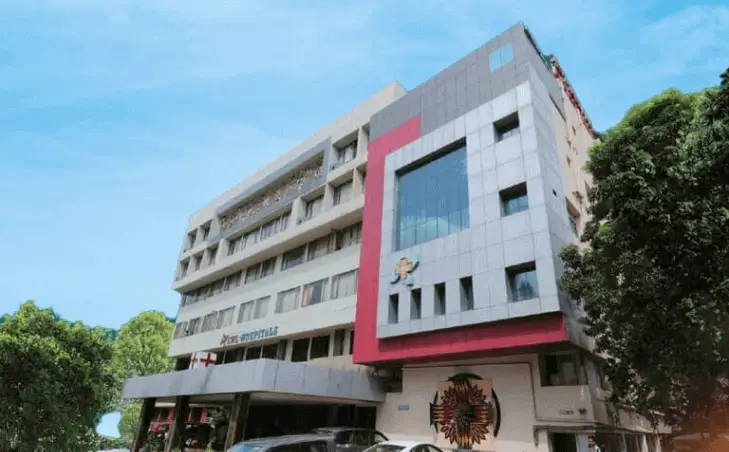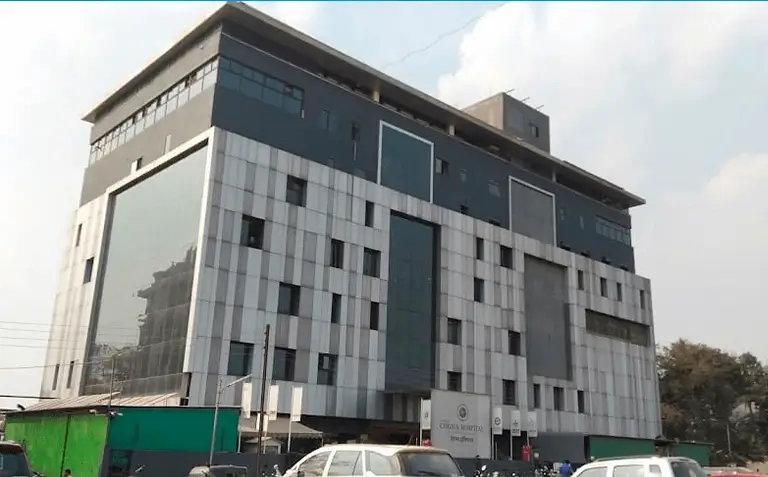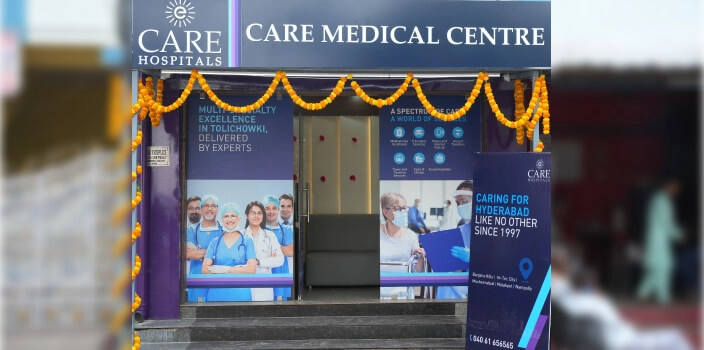-
Doctors
-
Specialities & Treatments
Centre of Excellence
Specialties
Treatments and Procedures
Hospitals & Directions HyderabadCARE Hospitals, Banjara Hills CARE Outpatient Centre, Banjara Hills CARE Hospitals, HITEC City CARE Hospitals, Nampally Gurunanak CARE Hospitals, Musheerabad CARE Hospitals Outpatient Centre, HITEC City CARE Hospitals, Malakpet
HyderabadCARE Hospitals, Banjara Hills CARE Outpatient Centre, Banjara Hills CARE Hospitals, HITEC City CARE Hospitals, Nampally Gurunanak CARE Hospitals, Musheerabad CARE Hospitals Outpatient Centre, HITEC City CARE Hospitals, Malakpet Raipur
Raipur
 Bhubaneswar
Bhubaneswar Visakhapatnam
Visakhapatnam
 Nagpur
Nagpur
 Indore
Indore
 Chh. Sambhajinagar
Chh. SambhajinagarClinics & Medical Centers
Book an AppointmentContact Us
Online Lab Reports
Book an Appointment
Consult Super-Specialist Doctors at CARE Hospitals

Best Hospitals for Total Abdominal Hysterectomy Surgery in Hyderabad
- Advanced Technology
- Shorter Hospital Stay
- Pre & Post-Operative Care
- All Insurance Accepted

Chat With Our Experts
Get second opinion on Whatsapp
25 lakhs+
Happy Patients
Experienced and
skilled surgeons
17
Health Care Facilities
Top most Referral Centre
for Complex Surgeries
Advanced Total Abdominal Hysterectomy (TAH)
Total Abdominal Hysterectomy (TAH) is a major gynaecological surgery. Doctors perform it to treat significant health problems faced by countless women. During TAH, surgeons take out the uterus and cervix by making an incision in the abdomen. This article explains all the key details that patients should know about TAH, including when it is used, how the surgery works, what recovery might involve, and possible results.
Why CARE Hospitals Should Be Your Preferred Option to Have a Total Abdominal Hysterectomy in Hyderabad
CARE Hospitals leads gynaecological surgery in Hyderabad and provides expert care in total abdominal hysterectomy. The hospital has demonstrated its dedication to improving surgical care by making major advancements.
CARE Hospitals' success in surgery comes from several key aspects:
- Expertise in Surgery: The hospital's gynaecological surgeons bring years of experience to their work. They specialise in both standard and advanced invasive procedures.
- Advanced Technology in Use: CARE Hospitals relies on advanced surgical equipment like the HugoTM robotic-assisted surgery system to perform procedures.
- Focused Patient Support: Our healthcare team provides well-rounded support by addressing both physical and emotional needs. They include steps like pre-surgery guidance, tailored surgical plans and thorough post-surgery attention.
Best Total Abdominal Hysterectomy Surgery Doctors in India


Innovative Surgical Care at CARE Hospitals
CARE Hospitals achieves excellence in surgery by using advanced tools and methods. They offer patients cutting-edge surgical techniques with modern equipment. Their Commitment to delivering quality care is clear in the range of inventive surgical solutions available.
Their surgical advancements are not just about equipment, but also include:
- Next-level Imaging Tools:
- Devices that help with seeing in real time
- Improved systems to judge depth more
- Instruments made to handle tissue with care
- Less Invasive Techniques:
- Needs smaller incisions
- Reduces pain during recovery
- Speeds up the healing process
When Total Abdominal Hysterectomy is Suggested
- Severe symptoms from uterine fibroids
- Cancer in the uterus, cervix, or ovaries
- Thickened endometrial lining
- Abnormal uterine bleeding, which can include:
- Bleeding that goes on for more than a week
- Heavy bleeding needing constant pad changes
- Irregular bleeding times
- Bleeding after menopause
- Weak pelvic muscles and ligaments can cause pelvic organ prolapse, which may need surgery like TAH to fix.
Doctors usually advise this method if the uterus has grown beyond the size of a 12-week pregnancy. Past abdominal surgeries, severe scar tissue, or conditions outside the uterus might also make TAH a better choice over less invasive methods.
When long-term pelvic pain stems from the uterus, TAH might be considered if all other treatments fail.
Types of Total Abdominal Hysterectomy Procedures
The following are the main types of abdominal hysterectomy surgeries:
- Total Hysterectomy: Doctors take out the entire uterus and cervix. They reach the organs by making a 6 to 8-inch cut in the abdomen.
- Supracervical (Subtotal) Hysterectomy: In this surgery, doctors remove the top part of the uterus but leave the cervix intact.
- Radical Hysterectomy: This major operation takes out the uterus, nearby tissues, the cervix and the top part of the vagina. Doctors use this method to treat cancer.
Pre-surgery Preparation
Proper preparation before surgery involves:
- Doctors perform detailed health checks, run blood tests, and use imaging tools to confirm if the patient is ready for surgery.
- They recommend stopping certain drugs, like blood thinners, a minimum of two weeks ahead of time.
- Changes to diet are crucial during preparation:
- Stop eating solid foods 8 hours before the surgery.
- Stick to clear liquids until 2 hours before the operation.
- Quit smoking at least 4 weeks ahead of the procedure.
Steps in a Total Abdominal Hysterectomy
The process of a total abdominal hysterectomy involves:
- The surgeon begins the procedure after giving general anaesthesia.
- They cut into the lower abdomen either vertically or horizontally, depending on the patient’s anatomy.
- The uterus and cervix are then removed through the incision.
- The vaginal cuff is closed.
- The surgeon stitches up the different layers of the incision.
Healing After Surgery
Doctors monitor patients to measure vitals and look out for risks or complications. People remain in the hospital for about 2 to 3 days.
To heal, the main steps are:
- Medications prescribed by doctors help control pain.
- Patients begin light movement 6 to 8 hours post-surgery.
- The diet starts with liquids and progresses to solid food.
- Keeping the wound clean and maintaining hygiene is essential.
It takes about 6 to 8 weeks to recover. Patients should not lift heavy objects or do intense physical activities during this time. Attending follow-up visits helps monitor healing and handles arising concerns.
Complications from Total Abdominal Hysterectomy
Although rare, Total Abdominal Hysterectomy (TAH) comes with some potential risks. These include:
- Surgical injury to the urinary tract
- Loss of bladder control
- Using the bathroom more often than normal
- The chance of requiring another procedure to address complications
- The risk of developing infections
- Some patients may face nerve-related issues.
- Some women might face menopausal symptoms earlier, even if their ovaries are left untouched.
Advantages of Total Abdominal Hysterectomy Surgery
Studies show that Total Abdominal Hysterectomy (TAH) improves life for many patients.
The surgery offers several positives:
- Managing Symptoms:
- Relief from long-standing pelvic pain
- Stopping heavy or unpredictable bleeding
- Avoiding the discomfort caused by fibroids
- Medical Advantages:
- Long-term fix to fibroids
- Reduces certain cancer risks
- Helps treat severe endometriosis
- Life Quality Enhancements:
- Better overall physical health
- Ability to do more daily activities
- Improved sexual experience
Insurance Assistance for Total Abdominal Hysterectomy Surgery
Health insurance can be crucial to handle the cost of a total abdominal hysterectomy. Our patient help team can assist you in different ways:
- Check if pre-approvals are needed
- Provide clear explanations of the procedure’s expenses
- Submit claims with full paperwork
Second Opinion for Total Abdominal Hysterectomy Surgery
Getting a second opinion about total abdominal hysterectomy helps patients take a smart approach to their health choices. Research shows that one out of every five women advised to have a hysterectomy might not need it.
Making the choice to seek another opinion relies on certain key factors. The progression of the condition carries significant weight.
Conclusion
Total abdominal hysterectomy remains a reliable surgical option for women facing serious gynaecological health problems. CARE Hospitals now perform this procedure with modern technology and skilled surgeons making it both safer and more efficient.
The success of TAH relies on picking the right patients, planning ahead before surgery, and performing the operation with skill. Patients get better results when they know their condition, choices for surgery and what they need to do to recover.
At CARE Hospitals, patients receive top care alongside advanced surgical techniques. This ensures they get excellent treatment. While TAH is a big medical decision, its strong track record and high success rates make it a dependable option when needed. The skilled team at CARE Hospitals supports patients every step of the way, from the first consultation to full recovery.
Total Abdominal Hysterectomy Surgery Hospitals in India
-
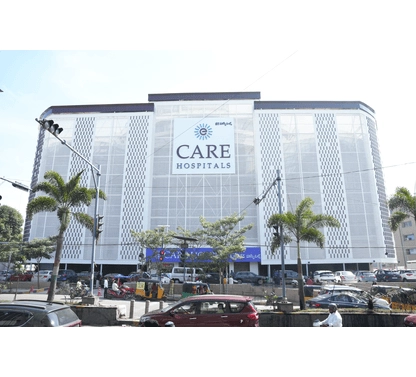
CARE Hospitals, Banjara Hills, Hyderabad
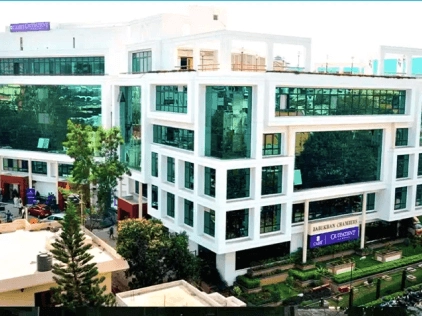
CARE Hospitals Outpatient Centre, Banjara Hills, Hyderabad
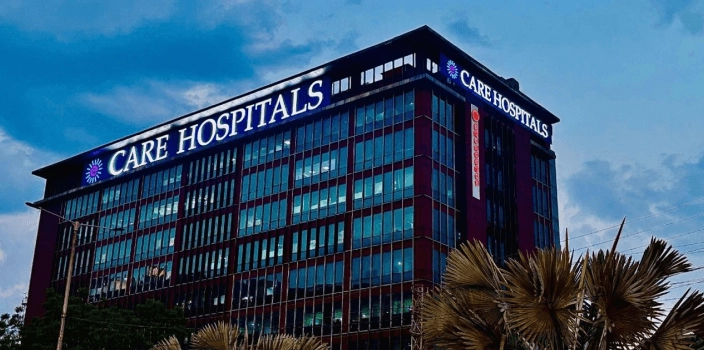
CARE Hospitals, HITEC City, Hyderabad
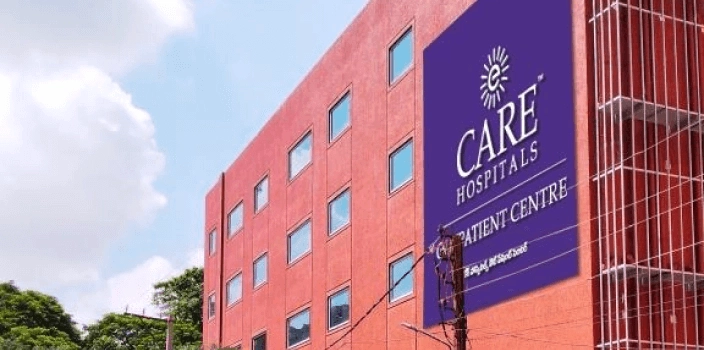
CARE Hospitals Outpatient Centre, HITEC City, Hyderabad
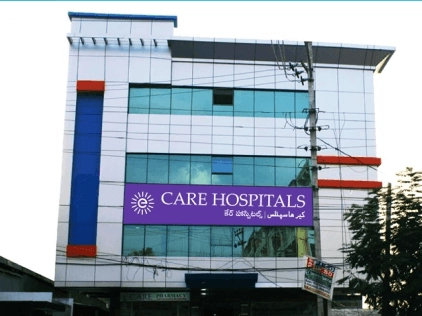
Gurunanak CARE Hospitals, Musheerabad, Hyderabad

CARE Hospitals, Nampally, Hyderabad
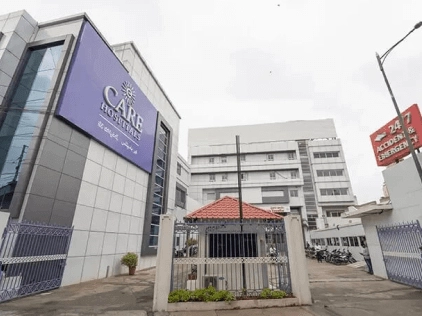
CARE Hospitals, Malakpet, Hyderabad
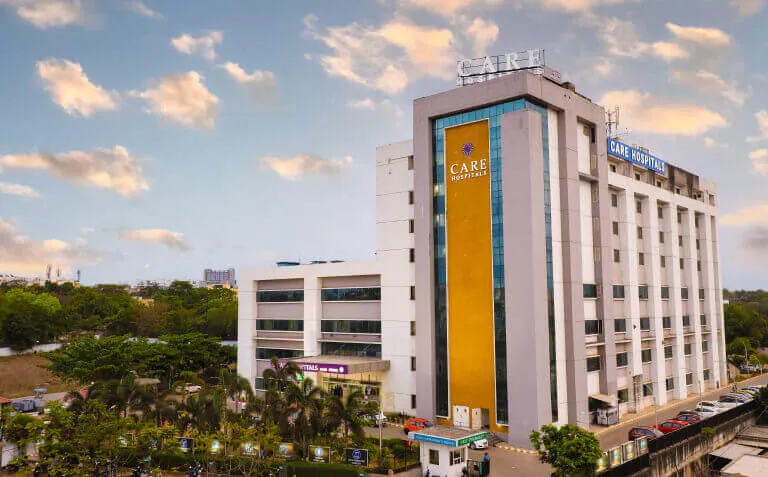
CARE Hospitals, Bhubaneswar
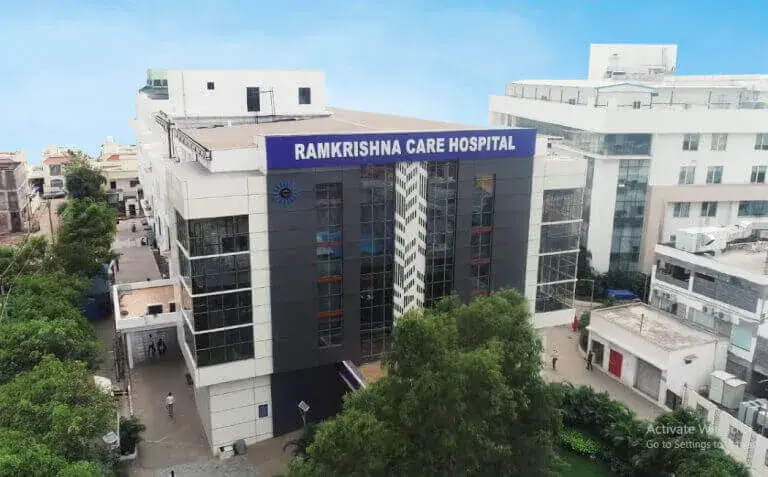
Ramkrishna CARE Hospitals, Raipur
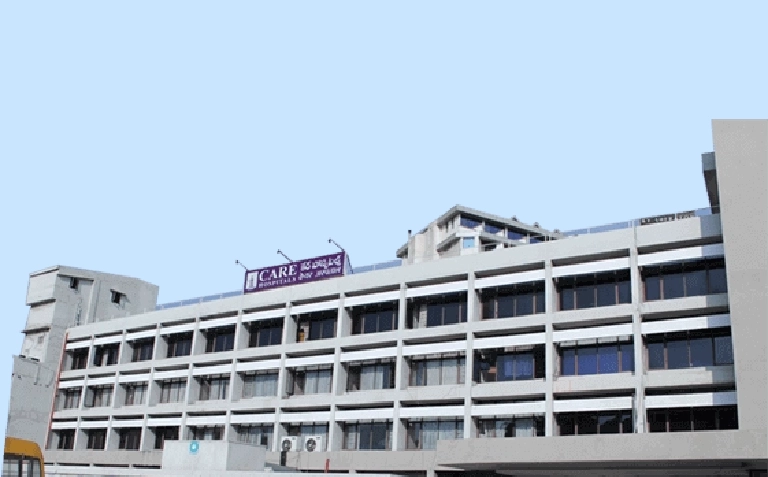
CARE Hospitals, Ramnagar, Visakhapatnam
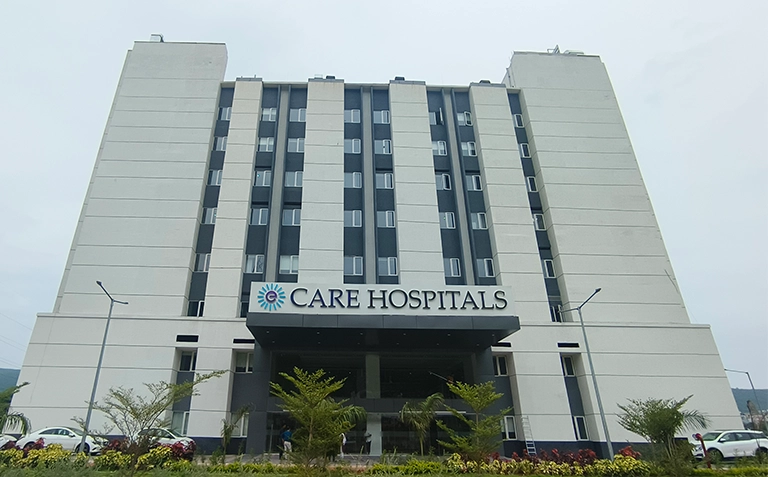
CARE Hospitals, Health City, Arilova
Related Surgeries
- Best Hospitals for Cesarean Delivery in Hyderabad
- Best Hospital for Vaginal Hysterectomy in Hyderabad
- Best Hospital for Tubal Ligation Surgery in Hyderabad
- Best Hospitals for Endometrial Ablation Surgery in Hyderabad
- Best Hospital for Laparoscopic Hysterectomy Surgery in Hyderabad
- Best Hospitals for Oophorectomy in Hyderabad
- Best Hospital for Lower Segment Caesarean Section Surgery in Hyderabad
- Best Hospitals for Tubectomy Surgery in Hyderabad
- Best Hospitals for Total Abdominal Hysterectomy Surgery in Hyderabad
- Best Hospitals for Omentectomy Surgery in Hyderabad
- Best Hospitals for Bilateral Tubal Ligation Surgery in Hyderabad
- Best Hospital for Cervical Cerclage Surgery in Hyderabad
Frequently Asked Questions
Total abdominal hysterectomy involves removing the uterus through an incision in the lower abdomen.
The operation typically requires one to three hours in the operating theatre. The duration varies based on:
- Uterus size
- Past surgeries
- Whether extra steps like removing ovaries are needed
- Issues like endometriosis or other problems
Serious TAH complications occur in less than 10% of cases. The main risks are as follows:
- Significant bleeding
- Infections at the site of surgery
- Injury to surrounding organs
- Clotting in the lungs or legs
- Trouble urinating for one to two days
Full recovery happens in 6 to 8 weeks. Many patients go home within 2 or 3 days. To recover, you need to:
- Start getting back to your routine little by little.
- Take walks often to avoid complications.
- Skip heavy lifting during the first two weeks.
- Stick to the wound care instructions.
Yes, it is safe, but it can involve risks such as bleeding, infections, blood clots, or harm to nearby organs. Careful medical attention and precautions like using antibiotics and methods to prevent blood clots help make it safer.
Patients get pain management to manage discomfort.
The TAH procedure involves removing the uterus through an abdominal incision. It is a major surgery that needs close monitoring during the entire process.
Post-operative complications, although uncommon, require prompt medical attention.
Patients receive general anaesthesia before the procedure, ensuring complete comfort throughout the surgery.
Early mobilisation, starting 6-8 hours after the procedure, plays a key role in avoiding complications. To heal, patients need to stay away from heavy lifting for at least six weeks and stick to regular walking routines.
Complete recovery typically takes 4-6 weeks. The healing process involves:
- Initial hospital stay of 1-2 days
- Gradual return to normal activities
- Regular follow-up appointments
- Careful adherence to post-operative instructions
Post-operative restrictions focus on promoting optimal healing. Patients must avoid lifting objects heavier than 3-4 kg for 4-6 weeks after surgery. Swimming remains off-limits for 4-5 weeks to prevent infection risks. Sexual activity requires an 8-12 week pause.
The terms' total hysterectomy' and 'complete hysterectomy' are often used interchangeably in medical practice. Both procedures involve the surgical removal of the entire uterus, including the cervix. The key difference lies in whether the ovaries and fallopian tubes are also removed, which depends on the patient's specific medical needs and the doctor's recommendations.
Still Have a Question?
